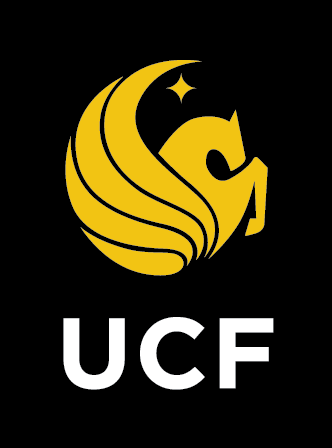| The University of Mississippi
Course Title: College Algebra and Elementary Statistics
Redesign Coordinator: Tristan Denley
Project Plan:
College Algebra and Elementary Statistics are by far the largest courses taught in the mathematics department at the University of Mississippi, typically enrolling about 1,000 students per course each semester. These courses provide the foundation for future math courses. Taught in a traditional lecture format, meeting three times per week for 50 minutes, these courses suffered from unacceptable failure rates of 20-30%.
The redesign began in fall 2003 and spring 2004 by comparing using commercial software with traditional methods and by comparing two different software packages. Three hundred students in College Algebra were divided into three groups of 100 students each. The first group used Hawkes Learning Systems software; the second group used MyMathLab and the third group was taught without using software.
At the end of the academic year, the students using MyMathlab attained final exam results that were very comparable, although slightly inferior, to those in the no-software group. The group using Hawkes Learning Systems obtained higher grades than either group. The mean grade with Hawkes Learning Systems was 81% compared with 70% with MyMathLab, and the most common final exam grade was A. Students showed similar learning results with the Hawkes statistics software, although there was no comparable software.
Based on these initial results, the second stage of the redesign combined the Hawkes software with a Computer Aided Learning in Mathematics Lab in which the students worked software-based problems in an environment that provided help if they got stuck. Launched in fall 2004 with 80 computers, the CALM lab is now open 30 hours a week and staffed by instructors and graduate students.
The third stage of the redesign built on the successful combination of the software and learning lab. Now both College Algebra and Elementary Statistics are taught in two formats. Monday-Wednesday-Friday (MWF) classes are taught in the traditional classroom lecture format three time a week, and the students use the software to complete weekly assignments. The Tuesday-Thursday (TTh) sections meet in the classroom once a week. The students go to the lab for at least 1.25 hours each week at a time convenient for them. There they work problems and practice their skills, receiving immediate feedback.
A common final exam is given to all sections. The TTh classes have shown better results overall on their final exams and better final grades. The mean exam score in the MWF classes was 71.9 compared with a mean score of 76.6 in the TTh classes. More students pass the course in the TTh sections as well.
|
% Pass |
%Fail |
MWF |
81% |
19% |
TTh |
86% |
14% |
Pooled |
84% |
16% |
The redesign has allowed the department to use classroom resources much more efficiently. Since the sections that previously met twice a week now only meet in the once a week, an instructor that previously taught one section can now teach two with the same classroom teaching time. In this way the department can teach students more effectively without increasing class size, while offering 12 fewer sections each year, a saving of at least $50,000 a year.
Ole Miss is working to continuously improve these courses. The newest innovation is a trial in which MWF sections will meet twice a week with the other hour occurring in the lab. If this change is successful, the math department will be able to teach three sections using the teaching time of an instructor who would otherwise only be able to cover two sections. In this way, more students will be able to work with the most effective teachers and class sizes will not be increased.
The redesign will be sustained because it has produced both increased learning and cost savings. The math department is also examining a number of software products so that this model can be implemented in more multi-section courses such as Precalculus, Trigonometry, and possibly Calculus.
|
